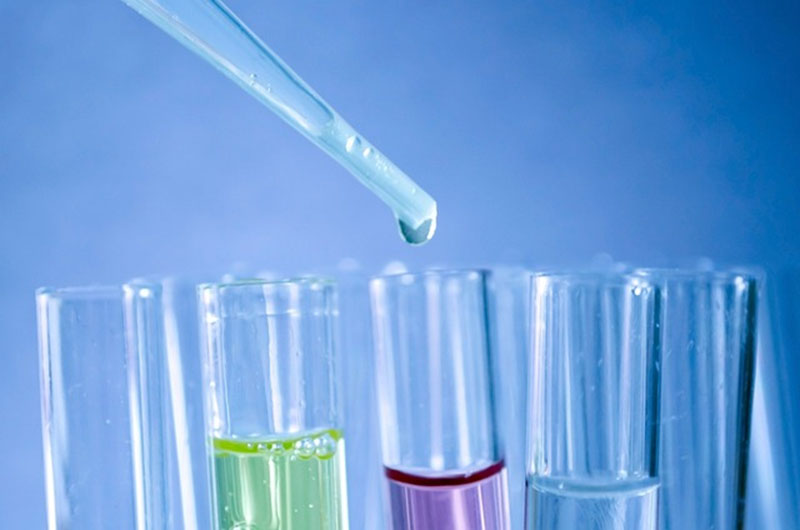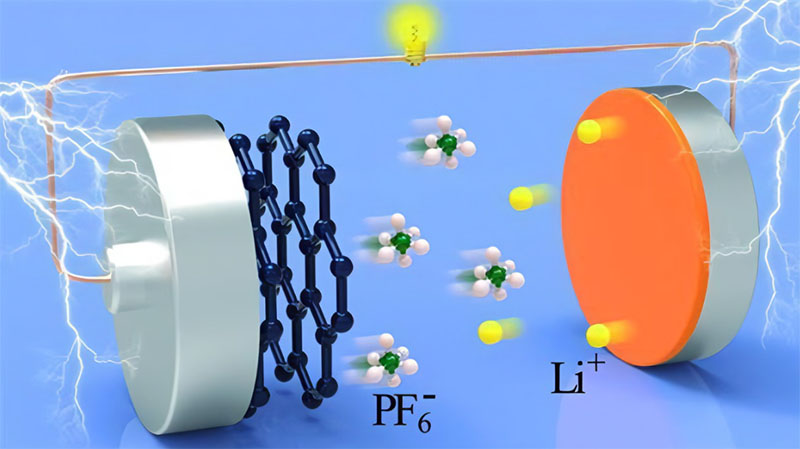Home > News
Electrolyte is one of the four major materials in lithium-ion batteries, which plays a role in transporting lithium ions during charging and discharging, and is known as the "blood" of lithium-ion batteries.
Despite recent in-depth research on the recovery of valuable metals or recycled materials from waste lithium-ion batteries, many valuable advances have been made. However, how to handle the electrolyte of waste batteries and economically recover their valuable components remains a bottleneck in research.
The lithium salts, organic solvents, and various additives contained in the electrolyte can cause leakage and volatilization during the collection, stacking, dismantling, and reuse of waste lithium-ion batteries, which can pollute the surrounding atmosphere, soil, and water bodies. Improper handling will cause serious damage to the environment. Therefore, the recovery of lithium battery electrolyte is not only a matter of resource utilization efficiency, but also an environmental issue.

The material recovery technology of lithium-ion batteries can be mainly divided into pyrometallurgical and wet processes. The main focus is still on the recovery of electrode powder, with relatively less attention paid to electrolyte recovery. During pyrometallurgical treatment, organic solvents in the electrolyte will evaporate or burn and decompose into water vapor and CO2 emissions, while LiPF6 exposed to air and heated will quickly decompose into PF5 gas, ultimately forming fluorine containing smoke and dust that are discharged outward. During wet treatment, the electrolyte may enter the leachate and decompose into fluorinated compounds, causing fluoride pollution in the water.
In most cases, both pyrometallurgical and wet processes do not prioritize the treatment of the electrolyte. During the treatment process, electrolytes will generate fluorine containing waste gases and wastewater, which can directly or indirectly harm human health through transformation and migration in the environment.
Based on the above situation, appropriate improvements should be made to the existing pyrometallurgical and wet processes, so that the battery recycling process can efficiently recover the electrolyte while taking into account the recovery of main materials such as electrolytic powder, reduce the environmental harm of the electrolyte, and improve the material recycling efficiency of waste lithium batteries.

1) High temperature roasting method
Under high temperature, vacuum pyrolysis is used to separate the electrolyte from waste lithium-ion batteries. The condensed gas is collected in a cold trap with a pressure below 1 kPa and -10 ℃, which can effectively remove the electrolyte. However, the condensed electrolyte has already thermally decomposed and has no recycling value.
2) Centrifuge separation method
After crushing the waste lithium-ion battery in a nitrogen atmosphere, high-speed centrifugation is carried out, and the electrolyte is separated from the battery in liquid form, thereby achieving the goal of recycling and reuse. This method has a long recovery process, complex operation, and low recovery rate, making it unsuitable for industrial large-scale production.
3)Supercritical extraction method
Place the waste lithium-ion battery in a supercritical reactor and extract the electrolyte from the battery using supercritical CO. In the collection kettle, supercritical CO is used to restore normal pressure and precipitate the electrolyte. This method is environmentally friendly and does not damage the molecular structure of the electrolyte, but the process is complex, the conditions are harsh, and the cost is high.
4) Solvent extraction method
The electrolyte is extracted with a solvent, and then the extracted solution is decomposed at a lower temperature. The solvent is separated by distillation, and the solvent can be recycled. The electrolyte decomposition products can be recovered through acid absorption. This method has a simple process, but the process conditions are difficult to control and it is not easy to recover valuable products.
5)Low temperature decomposition method
In the semi separated state of the battery, bake at a lower temperature to decompose the electrolyte at a lower temperature, and then recover the decomposition products. This method does not require the addition of new process units, is simple in process, but has a long reaction time and low recovery rate.
In summary, research on the recycling of waste lithium-ion batteries mainly focuses on separating electrode lithium battery materials. During the recycling process, acid and alkali solutions are often used to soak the battery cells, making it difficult to treat fluorinated compounds. Alternatively, high-temperature calcination can directly remove residual organic compounds from the electrolyte, and there is little specialized recycling treatment for the electrolyte. Efficient recovery of electrolyte requires comprehensive consideration of the recovery efficiency of electrode powder. Based on current research results, solvent extraction method is more promising for wet treatment. The low-temperature baking decomposition method is more optimal for fire treatment.
Contact: Lika
Phone: +86-19906035385
Tel: 0086-592-7161550
Email: sales@aotbattery.com
Add: No.168, Zhaogang Road, Xiamen City, China